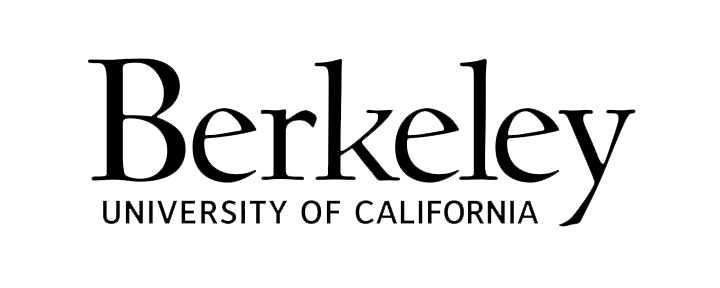
An online companion to the award-winning documentary series by California Newsreel discussing the origins, beliefs and consequences of what we call race
john a. powell is a Professor of Law and an expert on race at UC Berkeley
RACE–The Power of an Illusion asks a question so basic it's rarely raised: what is this thing we call race? Since its release in 2003, the series has become one of the most widely used documentaries ever in formal and non-formal education in the US. Millions of people have used the film to scrutinize their own deep-seated beliefs about race and explore how our social divisions are not natural or inevitable, but made. Now, in 2019, the series remains salient and timely.
Larry Adelman is the Executive Producer of RACE - The Power of an Illusion
In 1790, Congress passed a law declaring that only “free, white” immigrants could become naturalized citizens. We’ve been fighting over who gets to be an American ever since, with race playing a central role in the debate.


